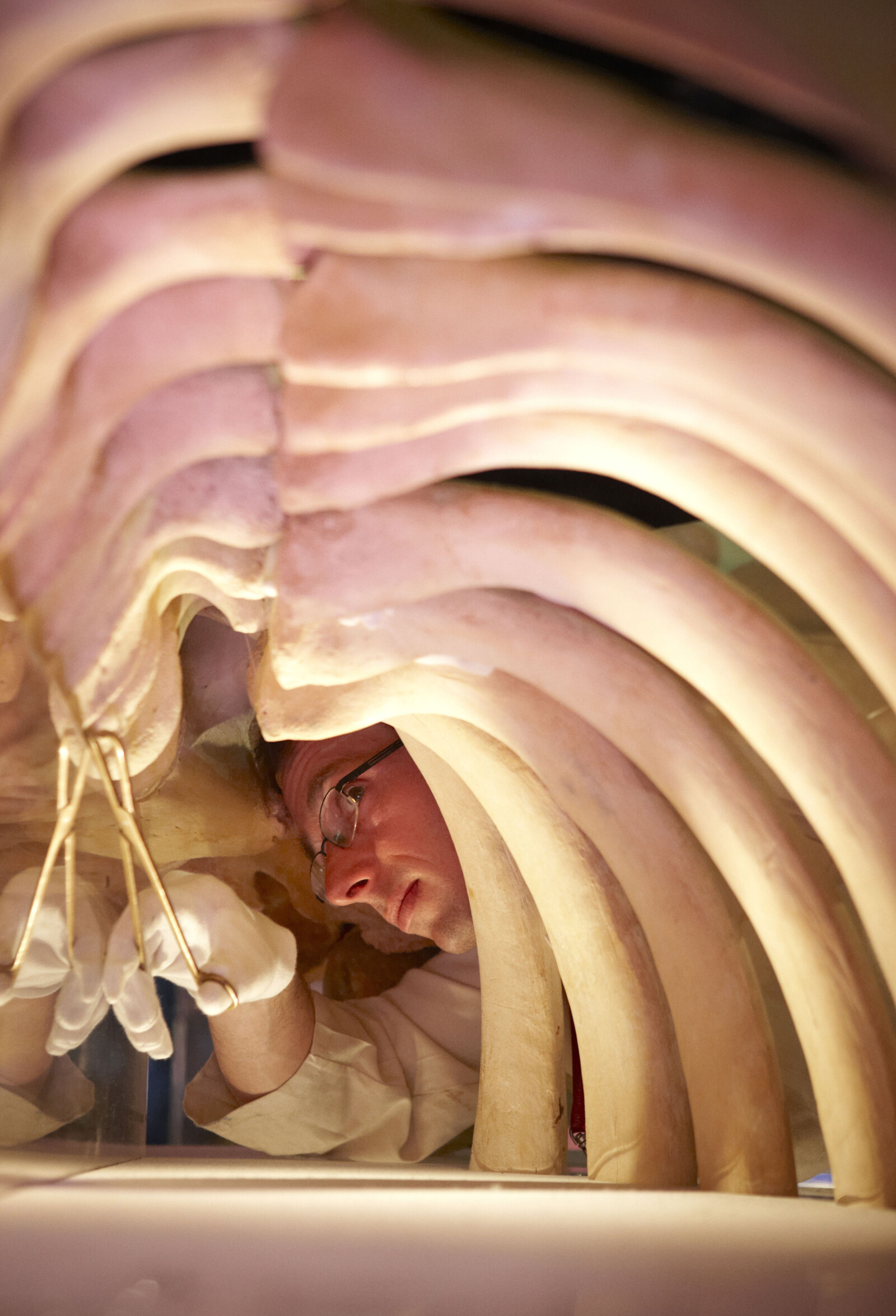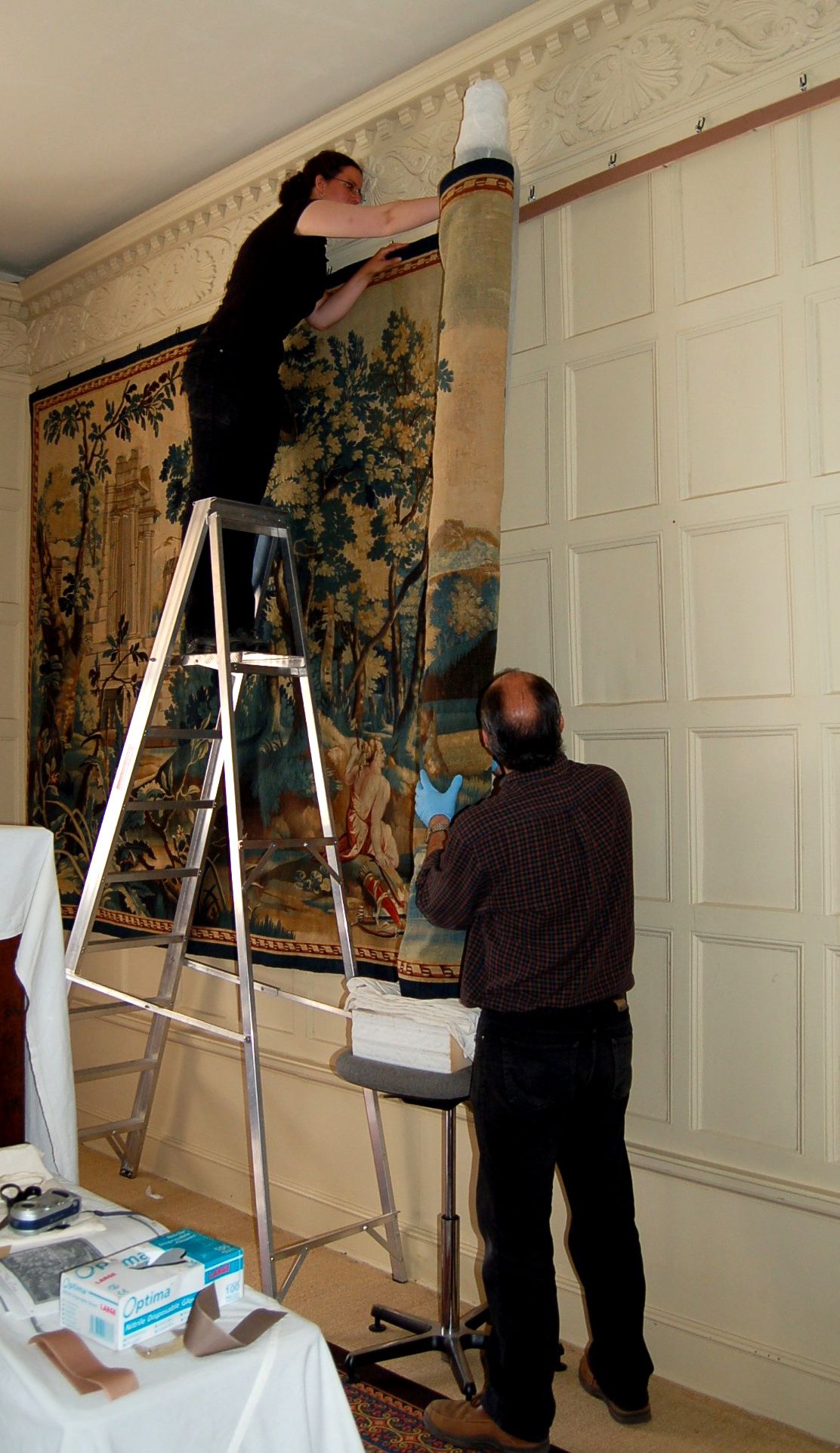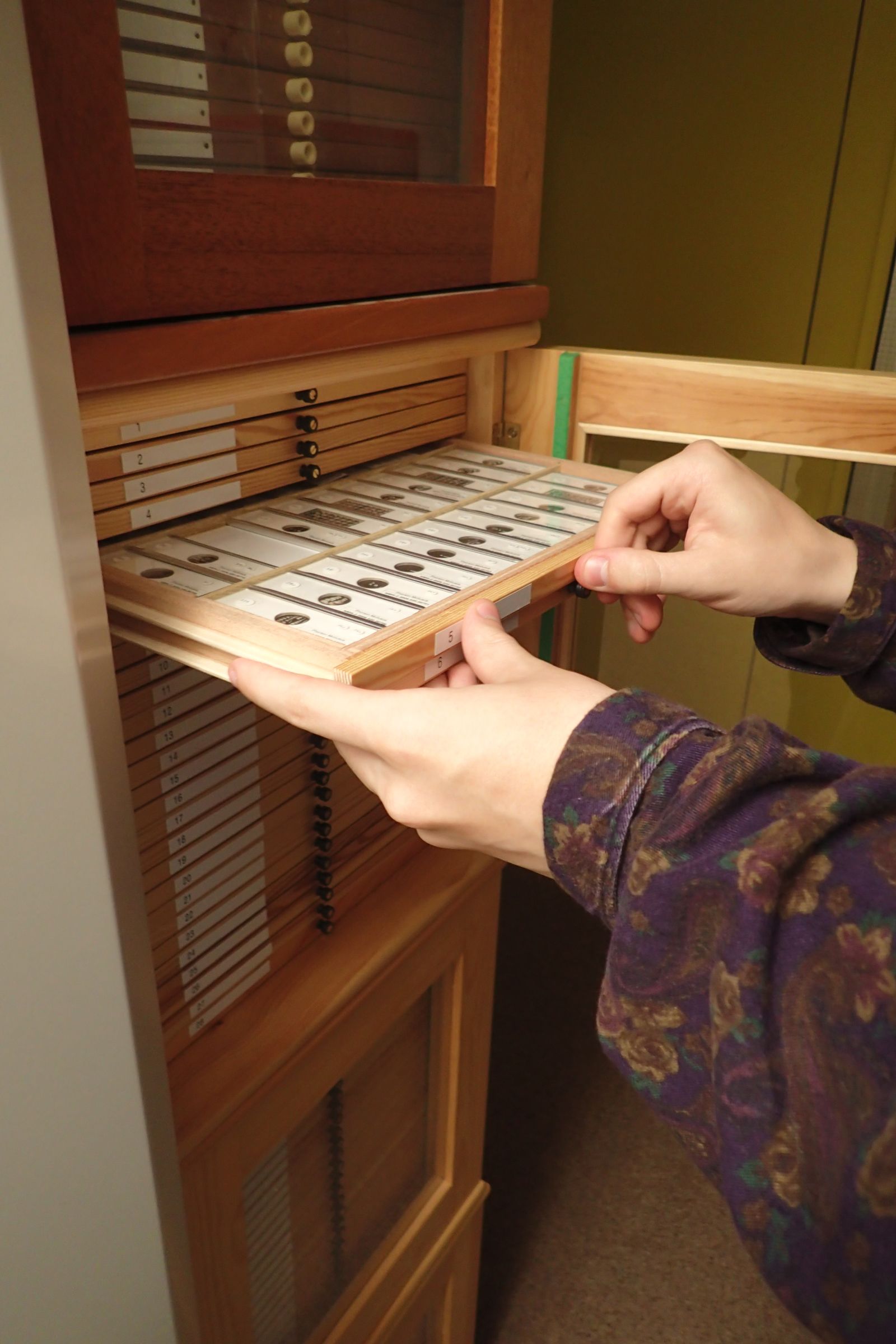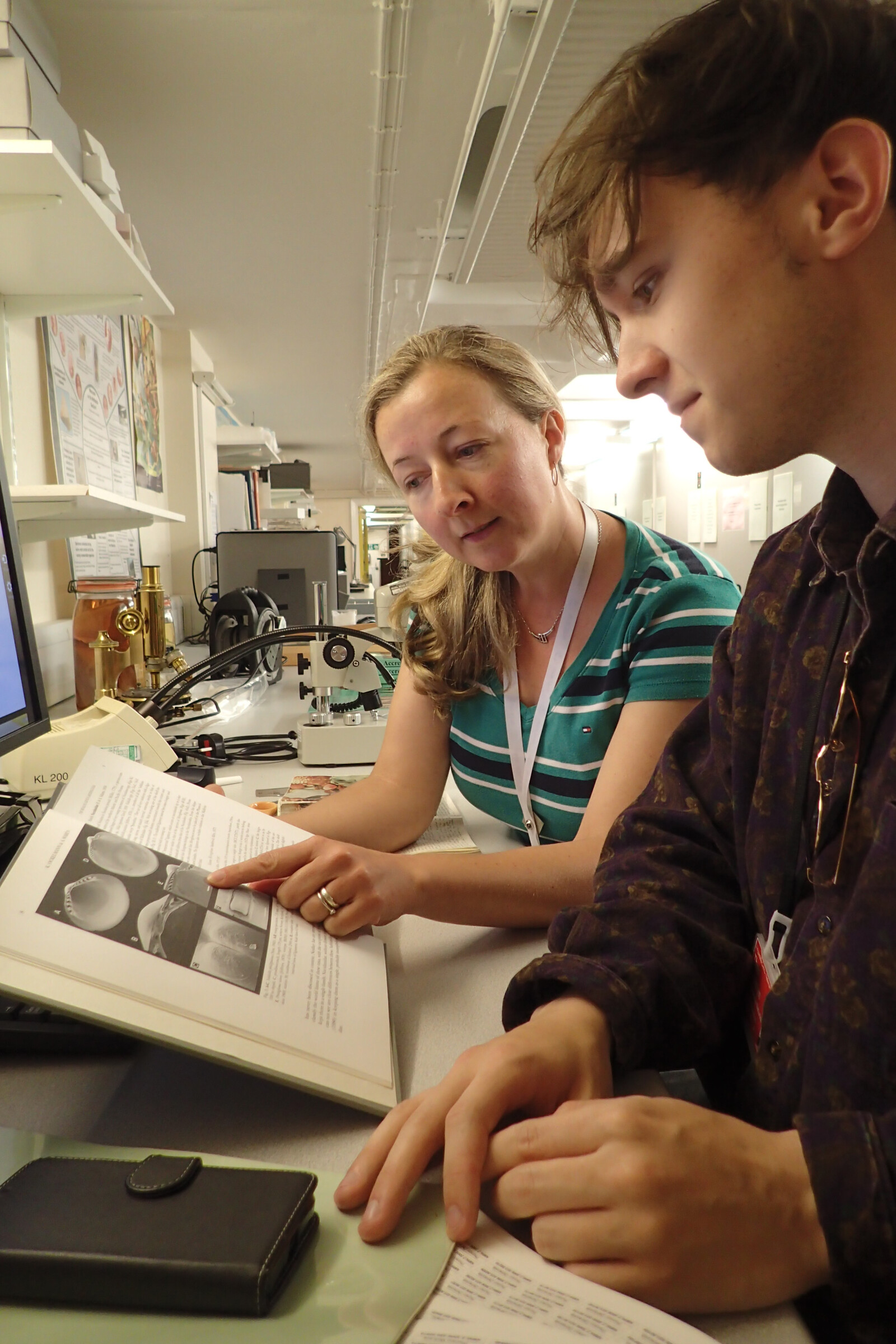Research at Amgueddfa Cymru




Theo Tamblyn and bivalve expert Anna Holmes getting to the bottom of a tricky identification.
Amgueddfa Cymru – Museum Wales is recognised by UK Research and Innovation as an independent research organisation (IRO). It encompasses seven major museums across Wales, along with the National Collections Centre at Nantgarw which stores thousands of fascinating objects that are not on public display. Together, these sites give the Museum its unique inter-disciplinary character. This enables us to use our collections to research a wide range of areas, including geology, botany and zoology, social history, archaeology, industry, art, collections, learning, and library and archives – in short, the science, history and culture of Wales and beyond.
Amgueddfa Cymru is a member of IROC, the UK’s IRO Consortium, which meets regularly and works to enhance research relationships amongst the member organisations and with the public, research funders and other stakeholders
Why do we do research?
Research is fundamental to everything we do as a national museum. It enables us to contribute to national and international research scholarship in our key areas of expertise. It aims to support the wellbeing of current and future generations, strengthen cultural democracy and promote cultural rights in Wales and beyond, to encourage people to ask and answer the questions that are important to our age and thereby develop a stronger, more prosperous and more equal society.
Research ensures our public programmes and exhibitions are properly informed by up-to-date and robust evidence, using [the latest reference tools and techniques]. It enables us to present our collections online so they can be used by an ever-wider range of publics, researchers and enquirers. It supports and enhances conservation of Wales’ unique heritage assets. Most importantly, research produces new knowledge and understanding of Wales and its place in the world, both now and in the past, contributes to awareness of global environmental change and helps us and others address the many complex challenges facing society today.
In this way, research contributes to our Vision: to inspire people to find a sense of well-being and identity, to discover, enjoy and learn bilingually, and to understand Wales’ place in the wider world.
What research do we do?
Our research is conducted through collecting, recording, preserving, interpreting and presenting objects, specimens, artworks and associated knowledge, which shed new light on Wales and its connections to the world. It helps us ask and answer key questions confronting Wales and wider society today:
Natural Sciences research case studies
- What is the impact of climate change and human activities on biodiversity?
- What is the deep-time evidence for climate and environmental change?
- Evolution and mass extinctions – where has life come from and where is it going?
- How can we more fully understand our natural heritage and communicate it to new audiences?
History and Archaeology research case studies
- How does evidence from archaeological excavations shed light not only on past cultures in Wales, but also on the changing nature of society today?
- What was Wales’ role in the industrial revolution and how did this influence the way its society developed and impacted the rest of the world?
- How can we use our Welsh history & archaeology collections and archives to enrich and diversify understanding of, and public engagement with, Welsh identities past and present?
- How can we extend cultural democracy by addressing cultural rights in our historical collections, collecting practices and displays, and by giving voice to the silence of past cultures in Wales through archaeology?
Art research case studies
- What can our art and photography collections tell us about the role of Wales in shaping and contributing to national and international artistic movements, careers, collections, networks and communities of art practice?
- How have the culture, practice and patronage of art in Wales been shaped by national and international influences?
- In what ways is Wales’ culture, art and design history distinctive in an international context?
- How can forms of museological self-critique be useful in challenging the power structures that inform and perpetuate traditional art histories whilst marginalizing other forms of visual culture?
Collections Services research case studies
- How do objects, artefacts and specimens help us answer important research questions, and how can we understand their material properties better so they can continue to provide vital evidence for enquiry?
Learning and Engagement research case studies
- How can we develop and deepen our relationship with communities and citizens, who are both visitors and non-visitors, and learn about their needs?
- How can we become more inclusive and co-productive in our learning and community engagement activities?
Digital and new audiences research case studies
- How can we use research to enhance digital interaction with the Museum and connect with new audiences now and in the future?